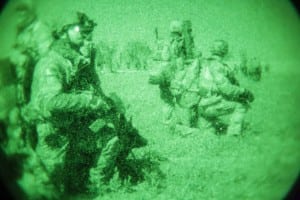
U.S. Special Operations Command’s (USSOCOM) procurement of its futuristic Tactical Assault Light Operator Suit (TALOS) is about redesigning a staid and bureaucratic acquisition process to help attract non-traditional suppliers being lured toward Silicon Valley-type jobs. USSOCOM Acquisition Deputy James Geurts told Defense Daily Tuesday TALOS is about allowing anyone who has a piece of equipment or capability desirable to the command to integrate it quickly. Geurts said TALOS is designed as a more collaborative business model than the traditional Defense…










